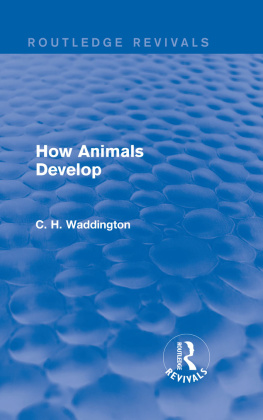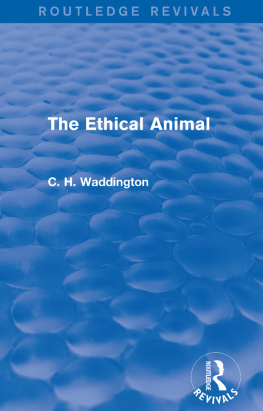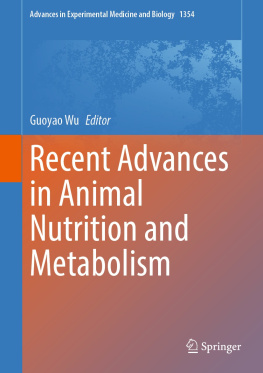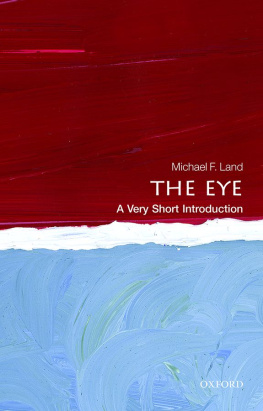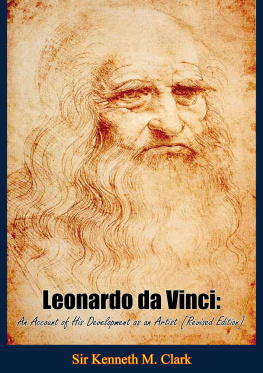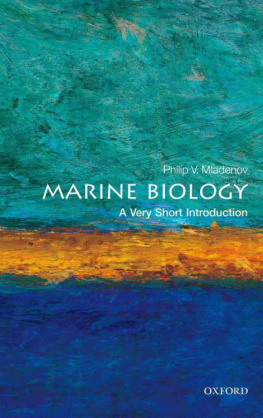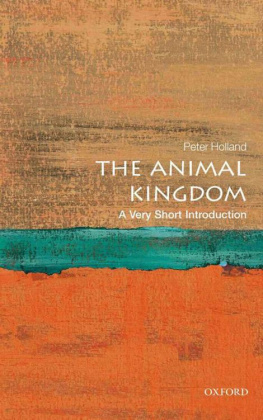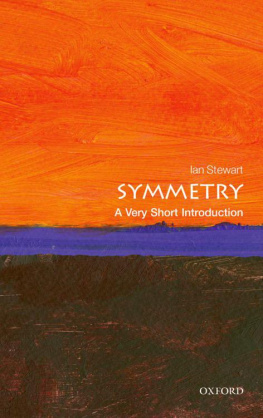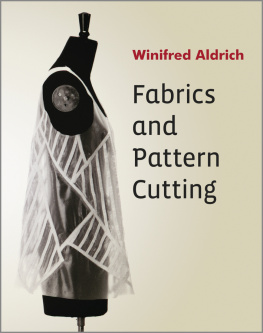Routledge Revivals
How Animals Develop
First published in 1935 (this edition in 1946), this short account of the science of embryology was the first book in English to provide a simple outline of the whole of this important subject. The study of development is perhaps the best method of approach to the most fundamental of all biological problems, the problem of how all the diverse activities are integrated so as to make up a complete individual organism. The book gives a short sketch of the general pattern on which all animals are built, but devotes more attention to the factors which cause the development of the elements in the pattern, and which then bring them into correct relations with one another.
This volume is simply written in order to enable the general reader to understand the revolutionary advances made in the subject at that time.
How Animals Develop
C. H. Waddington
First published in 1935
This edition first published in 1946
by George Allen and Unwin LTD
This edition first published in 2016 by Routledge
2 Park Square, Milton Park, Abingdon, Oxon, OX14 4RN
and by Routledge
711 Third Avenue, New York, NY 10017
Routledge is an imprint of the Taylor & Francis Group, an informa business
1968 George Allen and Unwin LTD
The right of C. H. Waddington to be identified as author of this work has been asserted by him in accordance with sections 77 and 78 of the Copyright, Designs and Patents Act 1988.
All rights reserved. No part of this book may be reprinted or reproduced or utilised in any form or by any electronic, mechanical, or other means, now known or hereafter invented, including photocopying and recording, or in any information storage or retrieval system, without permission in writing from the publishers.
Publisher's Note
The publisher has gone to great lengths to ensure the quality of this reprint but points out that some imperfections in the original copies may be apparent.
Disclaimer
The publisher has made every effort to trace copyright holders and welcomes correspondence from those they have been unable to contact.
A Library of Congress record exists under LC control number: 36018536
ISBN 13: 978-1-138-95668-1 (hbk)
ISBN 13: 978-1-315-66556-6 (ebk)

FRONTISPIECE.Operating on a newt's embryo. The embryo lies in a glass dish lined with wax. The operator has a glass needle in the left hand and in the right hand a hair-loop on a glass-holder; the loop can just be seen crossing the embryo
HOW ANIMALS DEVELOP
by
C. H. WADDINGTON, M.A.
Fellow of Christ's College, Cambridge
Strangeways Research Laboratory , Laboratory of Experimental Zoology, Cambridge
LONDON
GEORGE ALLEN & UNWIN LTD
MUSEUM STREET
FIRST PUBLISHED IN 1935
SECOND IMPRESSION 1940
THIRD IMPRESSION 1946
All rights reserved
PRINTED IN GREAT BRITAIN BY
BRADFORD & DICKENS, LONDON, W.C.I
Acknowledgments
FOR permission to reproduce illustrations acknowledgment is made to the Cambridge University Press (Engelbach, Endocrinology, Behrens and Barr, Endocrinology ; Huxley and de Beer, Experimental Embryology), Messrs. Longmans, Green & Co. (Quain, Anatomy ), Messrs. Macmillan & Co. (MacBride, Invertebrate Embryology), the Railway Gazette (photograph of Whitemoor Marshalling Yard, L.N.E.R.), and to my own publishers (Drken, Experimental Analysis of Development ; Stockard, Physical Basis of Personality).
IN THIS book, I have tried to write an account of embryology suitable for the intelligent layman and the elementary student. I have been conscious of two main difficulties in this task. Firstly, embryos are complicated and unfamiliar things, so that one has to describe their structure before one can discuss the problems they present. I have attempted to avoid too much description by concentrating on the early stages of development, which are as a matter of fact the most important from a general theoretical point of view, and can be described fairly shortly, since the embryos have not yet had time to develop any great complexity of form. The second difficulty arises because embryology is so interesting. The development of the structures by which living things carry out the activities of life must clearly raise many of the most fundamental problems about the nature of life itself. But most of the answers to these problems are still obscure. In order to show the directions in which people's thoughts are being led by the recent progress of embryology, I have put forward some of my own views, perhaps without sufficient warning that they represent probabilities rather than certainties. If I had attempted to give all the possible interpretations of the facts the book would have become unwieldy and confusing, but it was impossible to shirk a discussion of the problems. I believe the ideas which I have put forward are those most generally held by people who are working at embryology at the present day, but to-morrow we may discover some new fact which will force us to modify them. When one is brought face to face with the most fundamental questions about living things, one cannot expect to obtain complete answers in the comparatively short time during which biology has been actively studied.
C. H. W.
CAMBRIDGE
1935
Contents
List of Illustrations
| OPERATING ON A NEWT'S EMBRYO |
Chapter I
Introduction
LIVING animals are constantly on the move. It is one of the most characteristic things about them. Often we can see them running about, breathing, catching food and eating it, and so on. If we look closer we find that an animal is made up of different organs, and in all of them there is something going on all the time. On an even smaller scale, the organs are built out of cells, little lumps of living matter, each containing a special kernel or nucleus. And each cell is always full of activity. In plants the living jelly streams slowly about from one side of the cell to the other: in animal cells we cannot usually see any movement, but nevertheless there are incessant chemical actions and reactions. The cell absorbs oxygen and other substances from outside, performs many complicated chemical operations with them, and pours out again into its surroundings the byproducts for which it has no use.
In a living organism these changes are not isolated but are adjusted to one another so that the right operations are carried out to produce the right quantities of the various products. It is because we are so impressed at the way in which all the separate processes work together harmoniously that we call animals "organisms." The processes which keep an animal alive have to be quite as highly organized as the operations in the most complicated mass-production factory. If there is a "secret of life," it is here we must look for it, among the causes which bring about the arrangement of innumerable separate processes into a single harmonious living organism.
When a numerous and varied set of processes is to be organized it is obviously convenient, and often absolutely necessary, to separate the different jobs among different pieces of apparatus, each of which specializes in carrying out one particular function. Thus a motor-car has a separate apparatus the carburettorto vaporize the fuel, another apparatusthe dynamoto provide electric power, still anotherthe sparking plugto make a spark, and so on. We find the same sort of plan adopted in all animals which attain more than a very minute size. For instance, every living creature has to arrange to absorb oxygen from its surroundings and to transport it in the right quantities to the cells in the body which need it. We find that there are special organs for absorbing it, lungs in animals which breathe air, gills in animals which absorb the oxygen dissolved in water; special organs, the blood-vessels, for transporting the oxygen all through the body after it has been absorbed and dissolved in the blood; a heart to pump the blood along; and many other organs to regulate the speed at which the lungs work and the blood flows. Without this rather complicated machinery, the organization of the oxygen supply would be inconceivable. The development of a set of specialized structures is the first step in the business of building up a living organism.

